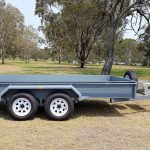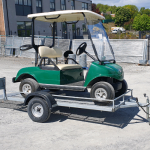There are tasks that simply have to be done at moderate heights. Whether its indoor maintenance, warehouse management, sign maintenance, ceiling work, or construction – a reliable platform to do the job at hand is required. While the traditional use of scaffolds to cover these tasks is handy for extensive long term projects, things get quite tricky when fast, safe and efficient mobile solutions are concerned. Scissor lifts have been around, however they aren’t able to close great distances. At least not on their own.
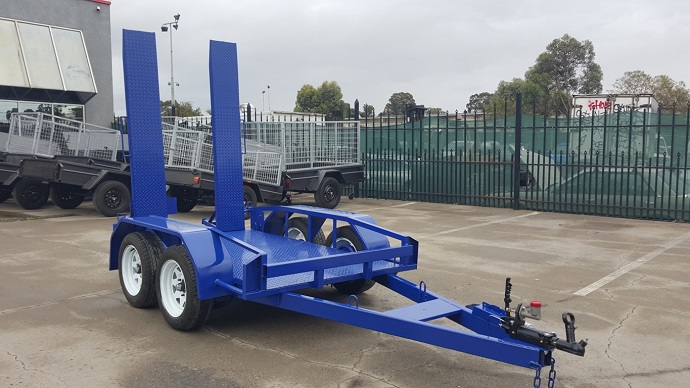
Source: pinterest.com
Portability
The ability for quick transport and transformations has to be factored in when making a decision. That’s not to say to pick one over the other, however many aspects have to be brought into view. Hydraulic scissor lift tend to have wheels and these wheels are meant to assist in positioning the actual machine in place. Depending on the actual size and built they can serve to put scissor lifts on uneven terrain from which the task can be safely completed. What they aren’t supposed to do is to transport the machine over great distances. And tasks like sign maintenance require regular transport to and from location. Some pieces of warehouse equipment are simply rented and portability plays substantial role in the final choice. Fortunately for those keen on using scissor lifts, the small wheels can be also used to easily mount the plant across a ramp. As long as you have heavy duty scissor lift trailers at your disposal you are at liberty to transport the machine to any location its truck wheels will take you to. No compromises in the built of the transport trailer are allowed. Plants are made to be used for some time so your trailer should be as durable and practical as it can get. Look for galvanised steel chassis, sturdy fold down ramps, drop axles and slipper suspension. If your trailer and scissor lift are compatible (there are options in the range from 2000 to 4500kg) the mounting and dismounting is done in a minute.
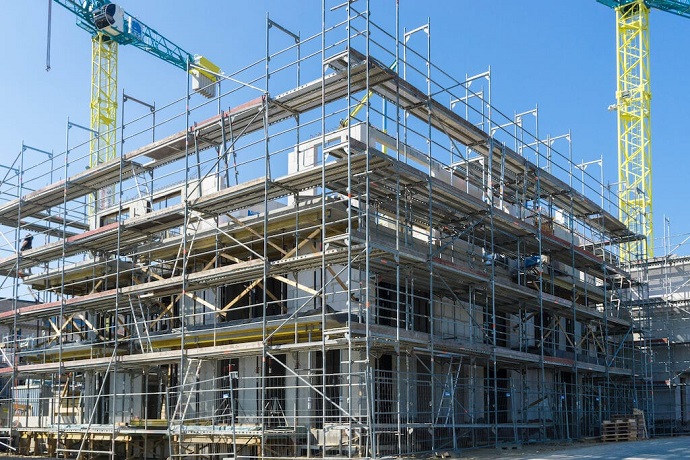
Source: pinterest.com
This doesn’t mean you must use such scissor lift trailers exclusively for scissor lifts either. Fabricated frame scaffolds are more labor intensive – to set up, to transport, and to store. And they don’t have wheels on their own, rather their base section and support structure have to be solid and well placed. If they are not one of those enormous multistory scaffolds used in large scale constriction, you can extend their portability by using a heavy duty trailer too. What you will lack, though, is the ability to deploy them fast at the work site as scaffolds can’t be put into action as soon as you park the trailer.
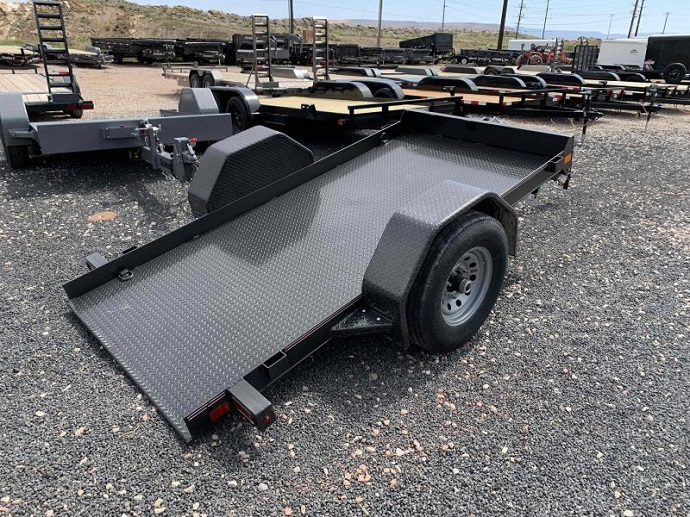
Source: pinterest.com
On Site Positioning
In terms of moving the platforms during work, scissor systems and frame scaffolds perform in a distinctive manner. Once dismounted from the trailer hydraulic scissor lifts rely on their power bank to set up the platform. They have diesel or electric engine which does this by the push of a button. Obviously diesel powered scissor lifts are used outdoors because they require proper ventilation while they operate. Indoor lifts usually run on batteries to be fit for prolonged use without emitting toxic fumes (warehouse equipment is predominantly run on electric or pneumatic power). These systems can also adjust height and position of the platform with workers on board, however a number of safety precautions need to be in place. More on this below.
Fabricated frame scaffolds require manual labor for set up. There are elaborate guidelines which have to be observed when putting tubular scaffolds in place. If the project dictates on site mobility, this takes time as the whole frame construction has to be adjusted. They can be extended sideways or at a different height, however the foundation and the base section in general have to be checked first.
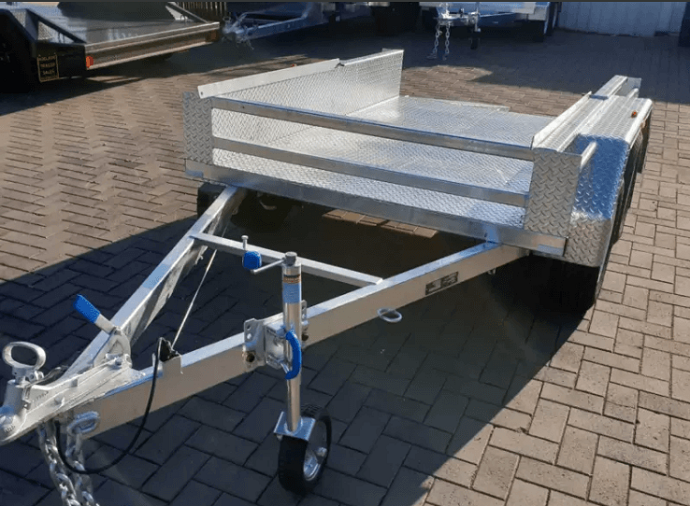
Source: pinterest.com
Safety
We are yet to manufacture plant equipment which is totally safe for use. Everything one encounters in a warehouse requires proper handling and grave damage or injury can result from failing to do so. You may think that the risks are inconsequential when you get on a lift platform – how tall can a scissor lift go? Depending on the exact model a scissor lift can get you at a working height from 3 to 15 meters. Falling from a height of 3 meters can result in injury if you don’t follow safety guidelines. The greatest threats are equipment collapse and tip overs. The former can be greatly reduced with proper maintenance, while the former has to do with the operator and their immediate environment. The workforce that is up on the platform should wear safety harness and helmet to minimize the risk of injury. Getting caught between the lift and other materials is also possible and the positioning has to be done on a firm ground to avoid this. If the scissor lift is sloped everyone has to be aware of the centar of gravity at all times.
Scaffolds are less complex in this regard as there are guidelines for each step of their set up. Failing to adhere to them can result in accident. For example scaffolds become unstable when their height is more then four times their minimum base dimension. Keeping such measurements in mind and following safety guidelines are paramount for workforce safety on scaffolds.

